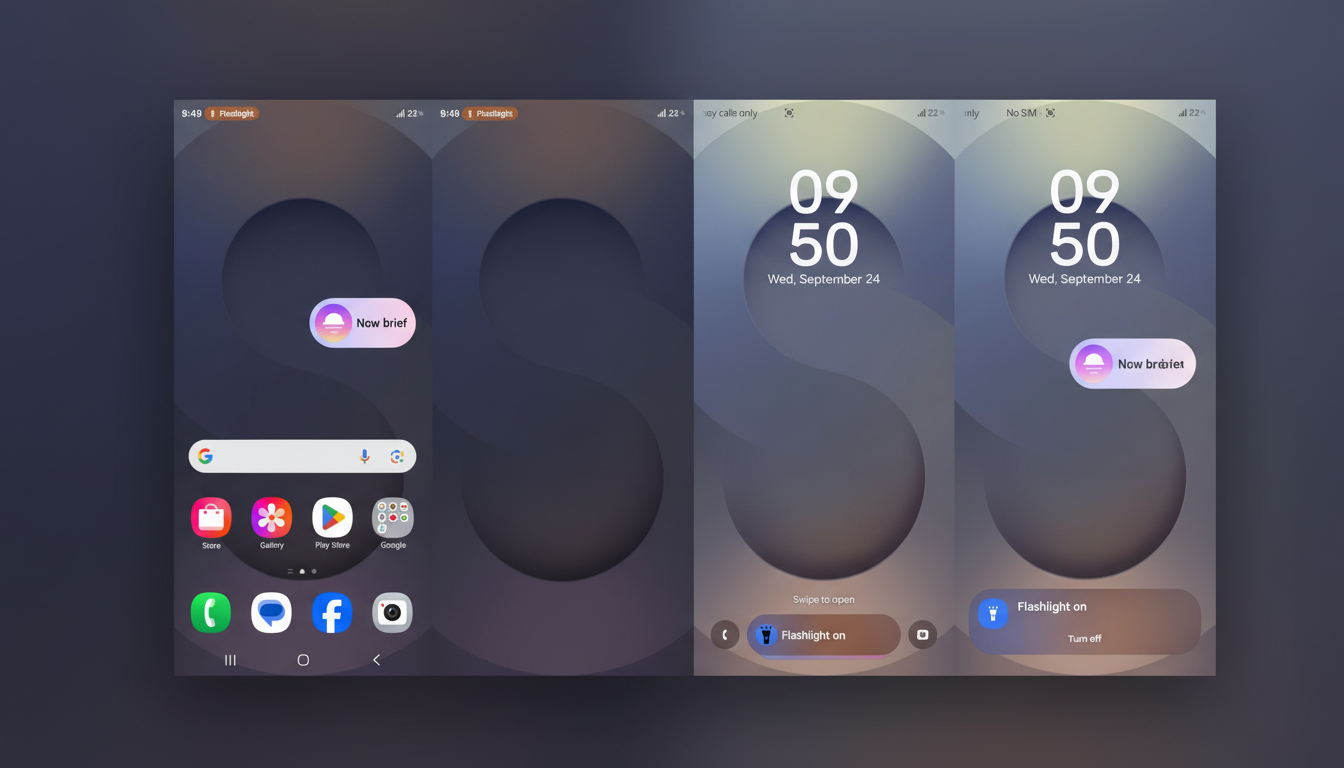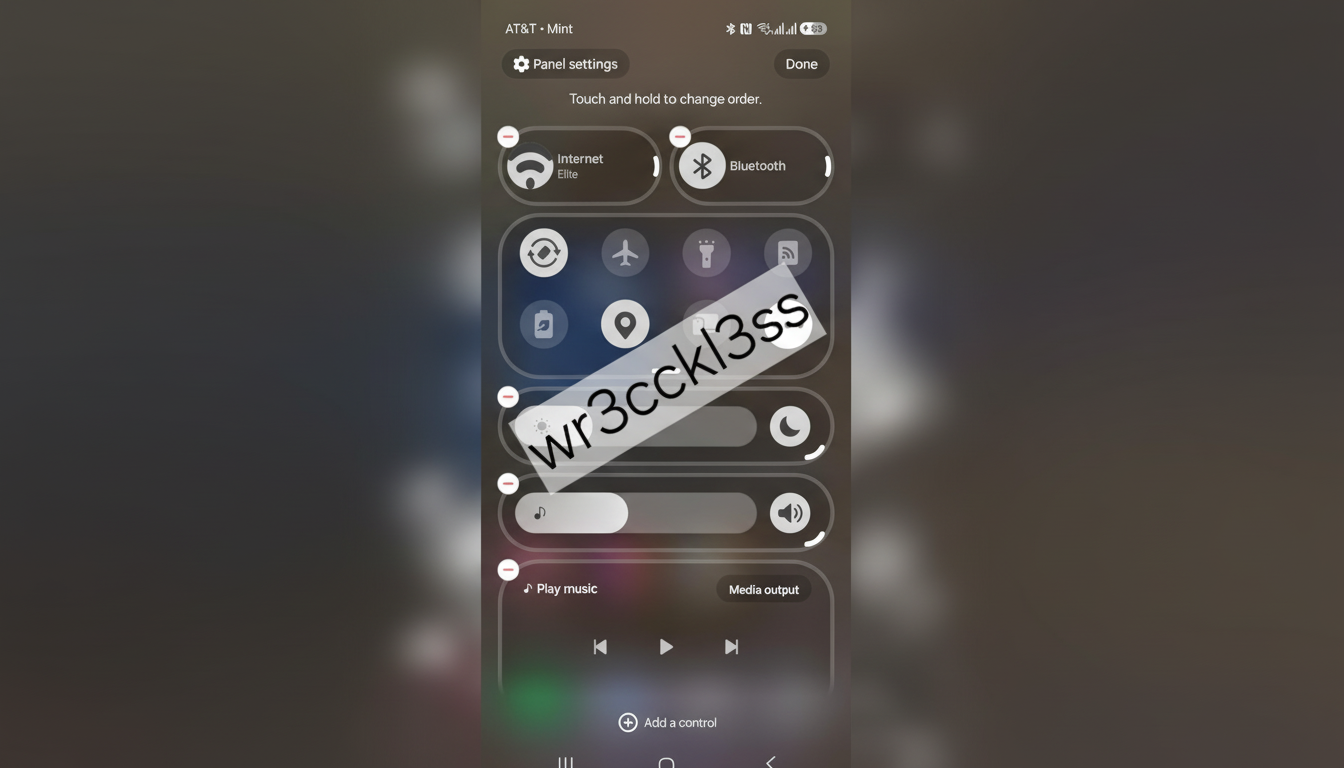Samsung is gearing up to offer a smarter solution for controlling your notification feed. In an upcoming One UI 8.5 update, Galaxy phones will be getting a system-wide function that does its best to bubble up the most important alerts from your apps and even reshuffle everything so the really meaningful stuff pops up first, with assistance from Galaxy AI.
As for the feature itself, it was spotted in a leaked One UI 8.5 build by Sammyguru that features a “Prioritize notification” setting and a Galaxy AI badge.

The description implies two pillars: You’ll be able to manually tag some apps as high priority, and Samsung’s AI will reorder notifications by importance inside the shade.
How Notification Priority Will Function on Galaxy
At its simplest, you’ll be able to go into an app’s settings and set its alerts as high priority. From there, notifications from that app are floated to the top of the list, so you’re less likely to miss a banking alert, a ride arrival, or an urgent work message within a stream of alerts.
The AI piece seems to take it a step farther, ranking notifications in real time. Samsung hasn’t disclosed the signals, but systems like this one usually evaluate factors including who sent a message, language used in an alert, frequency at which you’ve received notifications from someone, how you typically respond, and whether or not you ever open or dismiss similar messages. We’d expect ranking to occur on-device when it can, in line with the way Samsung has framed Galaxy AI workloads that are somewhat reliant on the phone’s NPU.
Crucially, these are not a mute-or-unmute switch. It’s triage. Low-importance pings still get through, but the feed is now more readable for bringing forward what’s probably urgent — in spirit, akin to Android 11’s Conversation priority, though wider because it can concern any app and use AI even if not just starred contacts.
Why It’s Important to Samsung Galaxy Users
Whether it’s news or social platforms, messaging apps or marketplaces, phones in their recent forms have been hammering users with alerts. Android’s notification channels, Do Not Disturb, and per-app toggles offer some relief through manual tuning, but they don’t put an end to it. An adaptive priority layer flips that burden: The system does the sorting, and when it gets things wrong, you correct it.
For professionals managing multiple accounts, students monitoring their classes and ride pick-ups, or caregivers following health alerts, those seconds spent checking add up. Google started sneaking around in this general direction — trying to dynamically stack all your messages and missed calls together across per-app categories and conversation sections in Android — but One UI 8.5’s attempt seems to be a synthesis of those efforts crossed with an AI-assisted version that tries to make the shade more immediately useful at a glance rather than a list you dread swiping away.

How It Stacks Up to Rival Platforms and Apps
Apple recently introduced an intelligence-driven function to keep messages from important contacts at the top of the feed in iOS 18. Samsung’s approach, on the other hand, favors your priority set for each app plus system-wide AI ranking that might cover notifications outside of conversations — consider alerts for expense approvals, bank fraud flagging, or smart home events that ought to be dealt with more quickly.
This also fits with criticisms I have read that mention summarization or ranking by industry as the new cutting edge. The Apple Intelligence and Android’s larger effort around on-device AI are all part of the broader trend toward your phone filtering first, then notifying. If Samsung nails the execution, Galaxy’s notification shade might not seem so much like raw data now — perhaps it’ll feel more like a curated briefing in the future.
What to Watch for in the One UI 8.5 Beta
Early strings make no reference to contact-level controls, which would allow you to go app-agnostic with specific folks. Power users will also be interested in options to stop high-priority alerts from being wiped out by Clear All, and for syncing rules with Modes and Routines so that work apps can auto-prioritize during office hours and relax on the weekends.
Privacy will be tested.
Galaxy AI, according to Samsung, combines on-device processing with cloud-based services that can vary by task. Clarity on what remains local, what is sent to the cloud, and how models learn from user behavior will make or break trust in any AI that reads notification content to rank it.
Like previous One UI releases, it’ll be the top-tier Galaxy S and Z models that get the feature before filtering down to recent A-series and tablets after a few months. Hardware that is able to run Galaxy AI features smoothly, as a result, will probably enjoy the fullest experience.
If the leaked build is an accurate preview, it’s simple: you’ll miss fewer of what counts and spend less time sorting. Your Galaxy doesn’t just buzz; it will highlight what’s important and show you what you need, when you need it.

